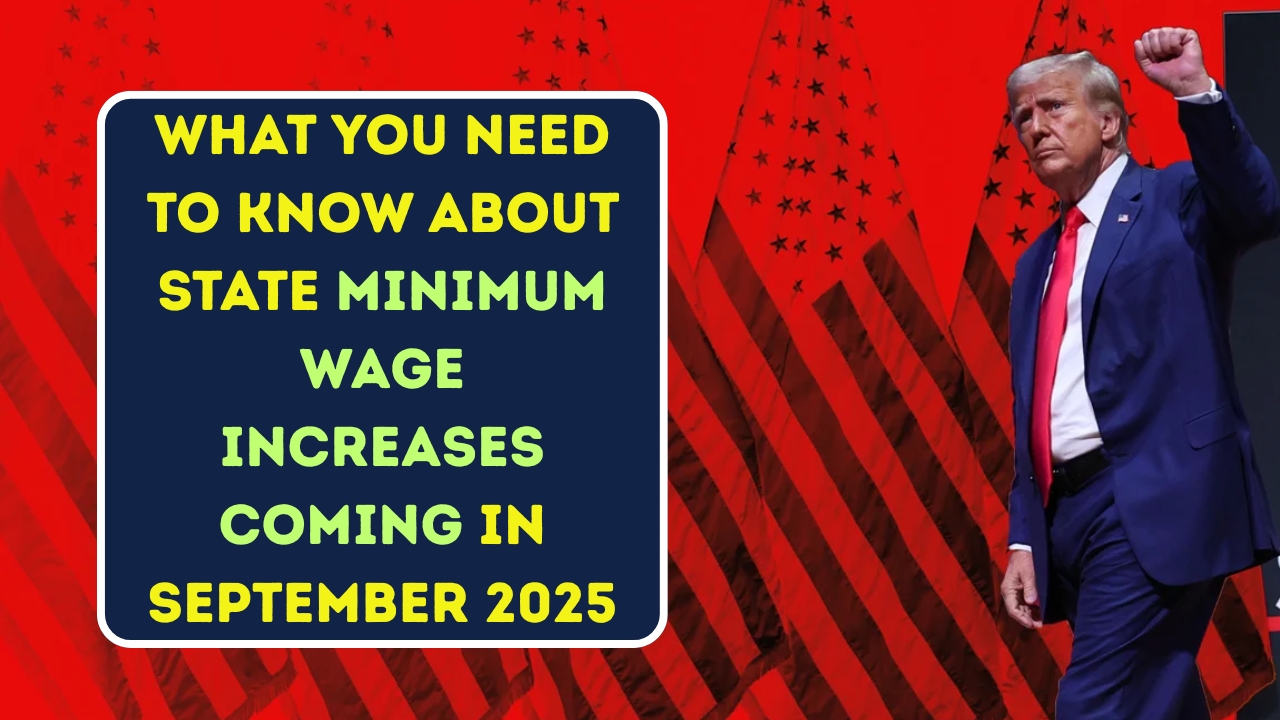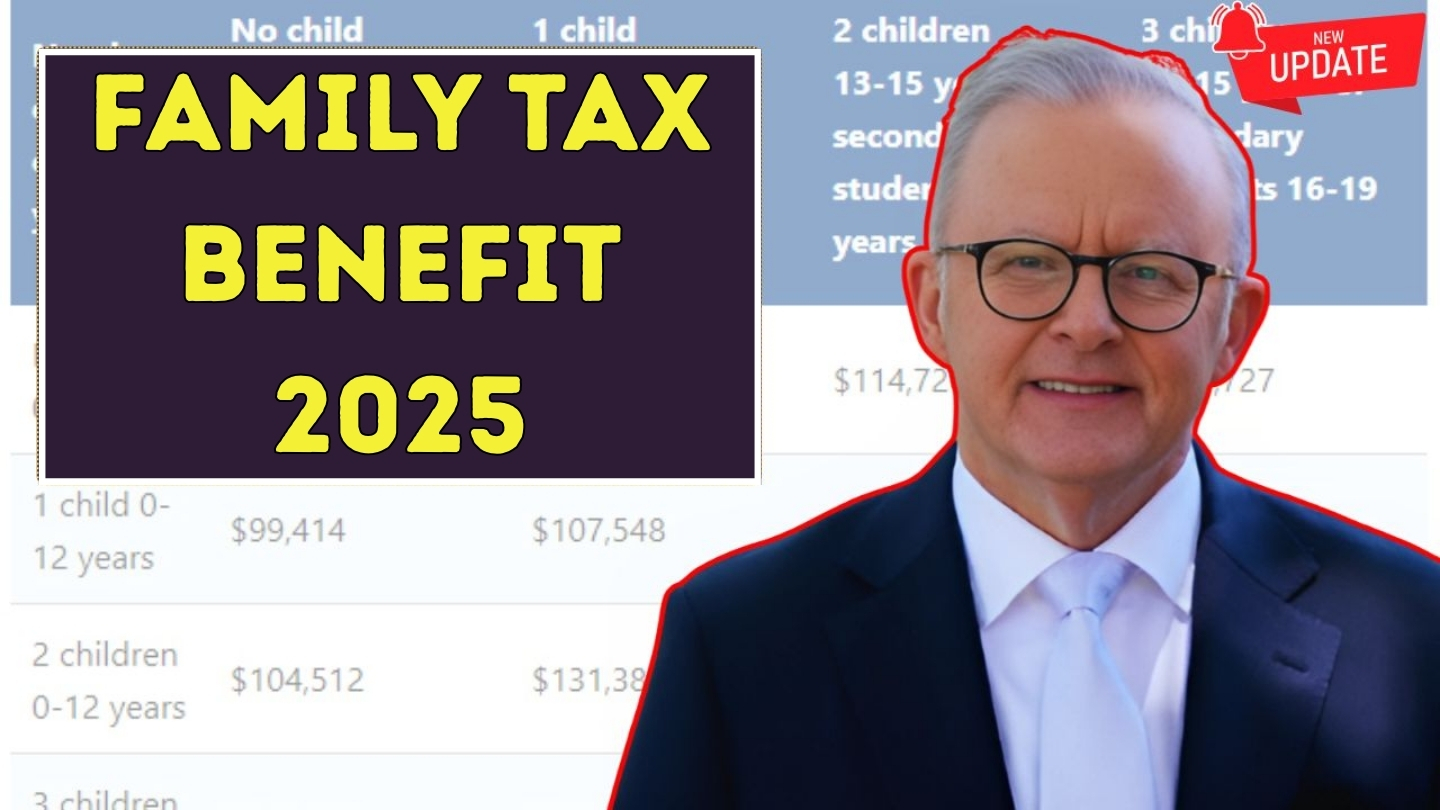A few states in the U.S. are preparing for major minimum wage increases that could affect millions of workers and businesses as the september 2025 deadline approaches. Even though the Federal minimum wage has been stagnant a $7.25/hour for the past decade, many states are still increasing the minimum wage as the cost of living and the state of the economy changes. Every state has its different socio-economic factors that warrant a change. Let’s discuss these anticipities and analyze the future impacts these changes will bring for workers, businesses and the economy at large.
Rising minimum wage hopes were achieved with the introduction of the increment policy wherein states raised minimum wage to $15/hour in 2025, with 28 states additionally including the District of Columbia. This is a huge step in the right direction as it will drastically enhance the socio-economic factors of the regions it is implemented. Low wage earners have also been benefitted as many states have now linked there minimum wages to inflation. This ensures that wages will always keep pace with the economy and there will never be a shortage of funds.
How State Increases Differ from Federal Minimum Wage
Many states have implemented laws to periodically elevate local minimum wages, in contrast to the federal wage, which remains frozen due to congressional inaction since 2009. For instance, Florida is scheduled to increase its minimum wage in 2025, raising the wage from 13.00 to 14.00 dollars per hour. States that have no wage laws in place still follow the federal wage, but those with minimum wage increase schedules create a patchwork of wages across the nation.
Key States with Notable September Wage Increases
Florida is the most notable out of all states with late 2025 wage increases, due its September wage increase of 1.00 dollars. Other regions such as Alaska and parts of California also have mid or scheduled increases for 2025 regionally.
Impact on Workers and Employers
These wage increases translate to a significant increase in take-home pay for workers, alleviating some of the burdens associated with the rising costs of housing, food, and transportation. To minimize the impact, most companies prepare for these transitions months in advance.
How to Stay Informed and Compliant
Businesses with a presence in multiple states need to pay special attention to local ordinances and announcements from the state labor departments, as regionally-determined minimum wage policies differ greatly. Payroll companies and state governmental sites assist with compliance by providing change-tracking tools and offering updates.
The Future of Minimum Wages
The next trend for minimum wage increases is anticipated in 2026 and the years following as the cost of living continues to escalate. Additional some state and local governments are even contemplating setting a $20/hr wage for large employers. The situation on the federal level is still quite vague, but movements on the state level offer interesting alternatives for labor compensation.
What Employees Should Do Now
Employees in regions where the minimum wage is set to increase must check their wage rates and comprehend their entitlements. Employees can access local offices of the labor department or solicitors’ centers for advice. Advocacy groups recommend that employees be proactive and talk about the wages that workers should be earning in the contemporary economy.





